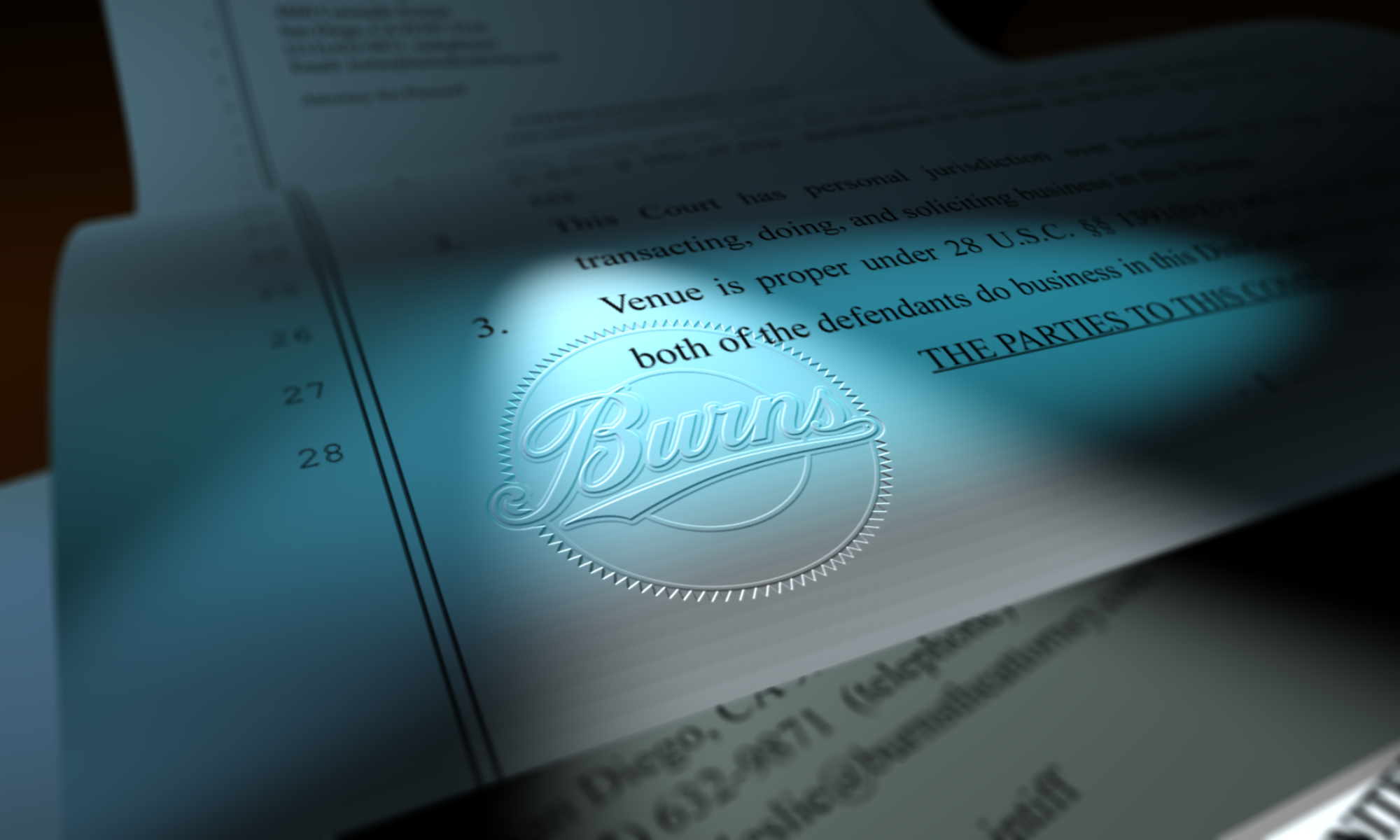How often do you feel overwhelmed? It’s a common “disorder” for creative pros, that feeling that there is too much to do and no place to start and too many deadlines and…and…and.
Here’s a trick to help you begin to get a handle on your gigantic pile of stuff to do. Do something.
Okay, before you beat me, let me elaborate. Do something every day, repeatedly. Make yourself do something specific and work-related every day–the same general thing (make it something you enjoy usually), repeated. For example, if you’re a photographer, take at least one picture every day. If you are a writer, write a certain number of words or pages. Illustrator, sketch something. Designer, maybe do a variation of a logo, same logo, every day for a week or two.
Don’t spend more than an hour on this, and, in fact, it’s better to keep it to 30 minutes or less. In other words, don’t think, just do.
Now you’re probably thinking that I have just added to the ginormous pile of stuff you already have to do, but actually I haven’t. You weren’t going to do it all anyway so the same stuff you would have bumped to play a video game got bumped by doing something good for your creative business.
What this exercise does (among other things) is shows you that you can do essentially the same thing every day, for a brief period of time each day. That proves that you do have discipline and can do what you set out to do.
After you do this for a week or two, you can begin to expand it. Now do the one thing, and add one repetitive thing from your pile. Same basic rules–less than an hour, preferably less than 30 minutes of time (get a timer!) on the new thing. Don’t stop doing the other thing. In a week or two, add another repetitive thing. Repetitive things can be calling potential clients or bookkeeping or updating your database or the like.
When you start doing these things in little chunks over the week, you’ll find that you get a lot done in the 5 working days. Your pile will quickly get more manageable. Eventually you will be able to regulate your schedule more specifically, maybe doing bookkeeping on Tuesdays and Thursdays only or calling clients on MWF–just remember to keep the time limit to an hour or less (less is particularly better if you have ADD) and to simply do it.
